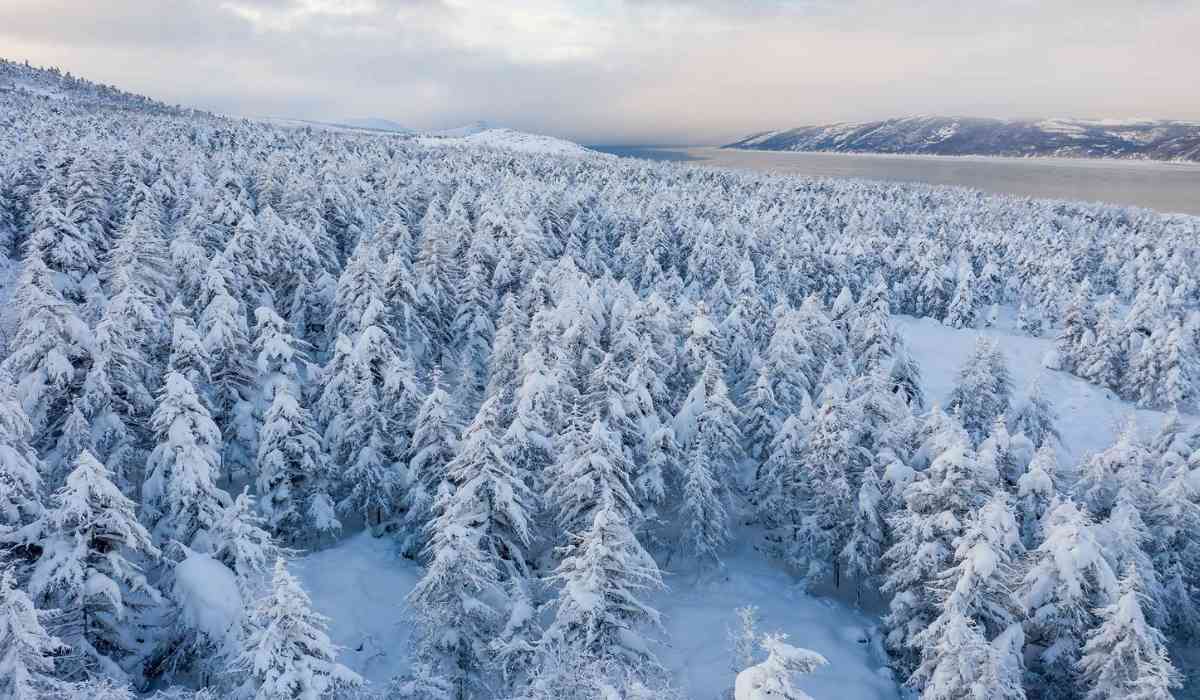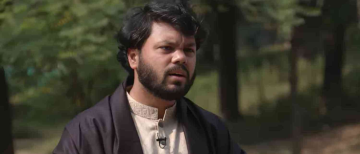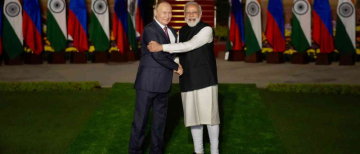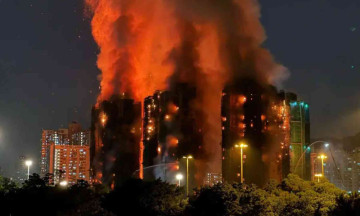Are you familiar with that urge to burrow beneath layers of blankets during winter's chill? While 10 degrees Celsius might feel chilling, envision the endurance required in the world's coldest village, where temperatures plummet to nearly -58 degrees Celsius. Oymyakon in Siberia experiences an astonishingly severe cold snap, as evidenced by astounding images circulating online.
The frigidity is so intense that even eyelashes freeze, despite people bundling up in thick fur coats. Siberia faces severe cold spells, with temperatures dropping below minus 50 degrees Celsius, leading to blizzards and record snowfall in Moscow. The Republic of Sakha, situated in northeastern Siberia and housing Yakutsk—one of the planet's coldest cities—saw temperatures dip below -50 degrees Celsius, according to local meteorological stations.
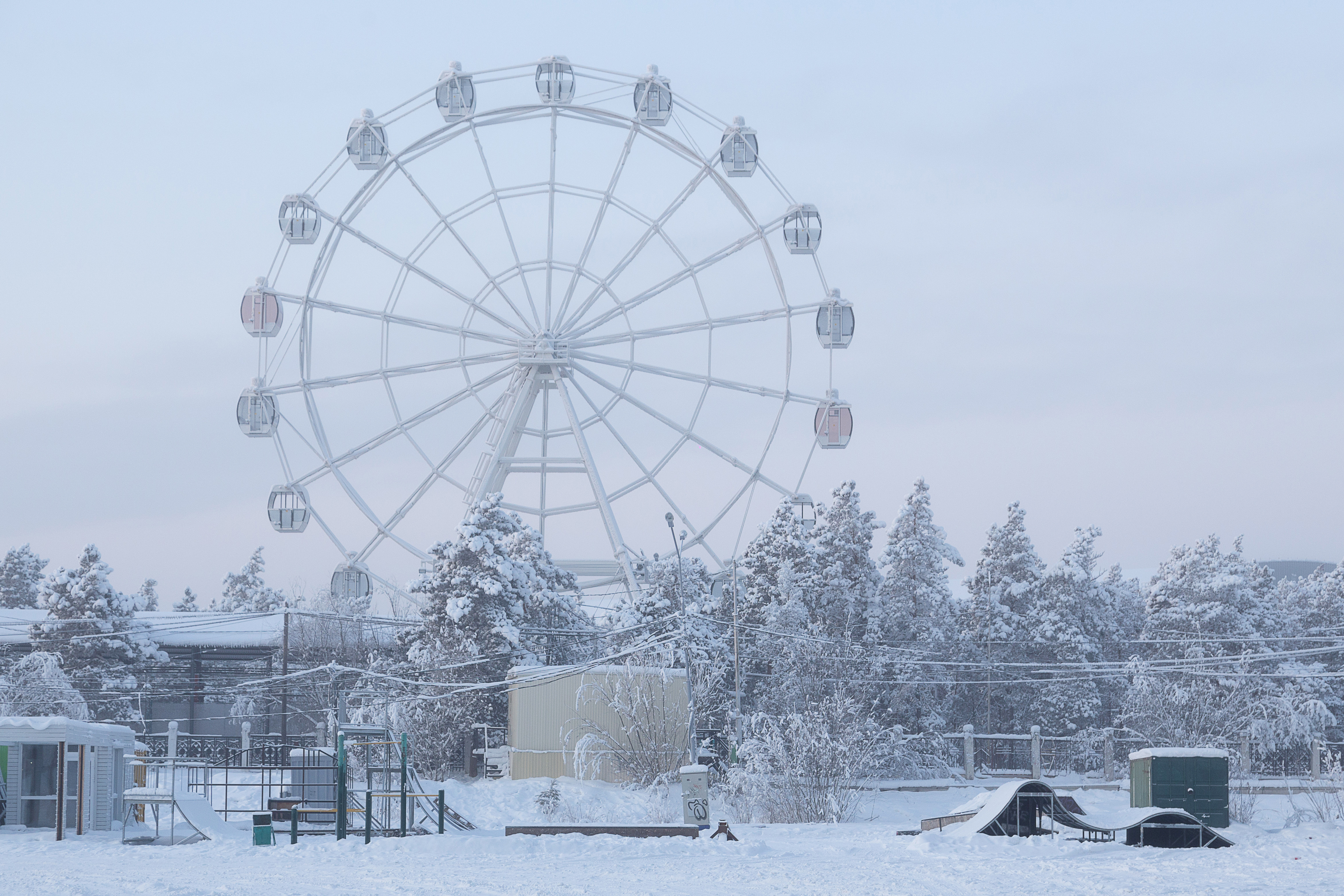
A bone-chilling development, parts of Siberia are in the grips of extreme cold, with temperatures plunging to as low as -56 degrees Celsius in certain areas. The Republic of Sakha, nestled in Siberia's northeast, endured temperatures below -50 degrees Celsius, encompassing the city of Yakutsk, renowned as one of the world’s coldest urban centers.
Siberia’s Winter Chronicles
1. Oymyakon’s Icy Grip Spreads
In the remote reaches of Siberia lies Oymyakon, a region within the Republic of Sakha, where the mercury nosedives to an astonishing -56 degrees Celsius. The frigid air, coupled with wind chill and humidity, creates an otherworldly feel of -60 degrees or even lower, freezing not just eyelashes but the very essence of survival.
2. Unprecedented Freezing Spree in Sakha
Sakha, nestled in Siberia’s northeastern stretch, grapples with temperatures below -50 degrees Celsius, shaking even the city of Yakutsk, globally recognized as one of the planet's coldest urban centers. The early onset of this bone-chilling cold snap rattles a region largely within the permafrost zone, where temperatures fluctuate between -44C to -48C, a rarity becoming increasingly scarcer due to the looming threat of climate change.
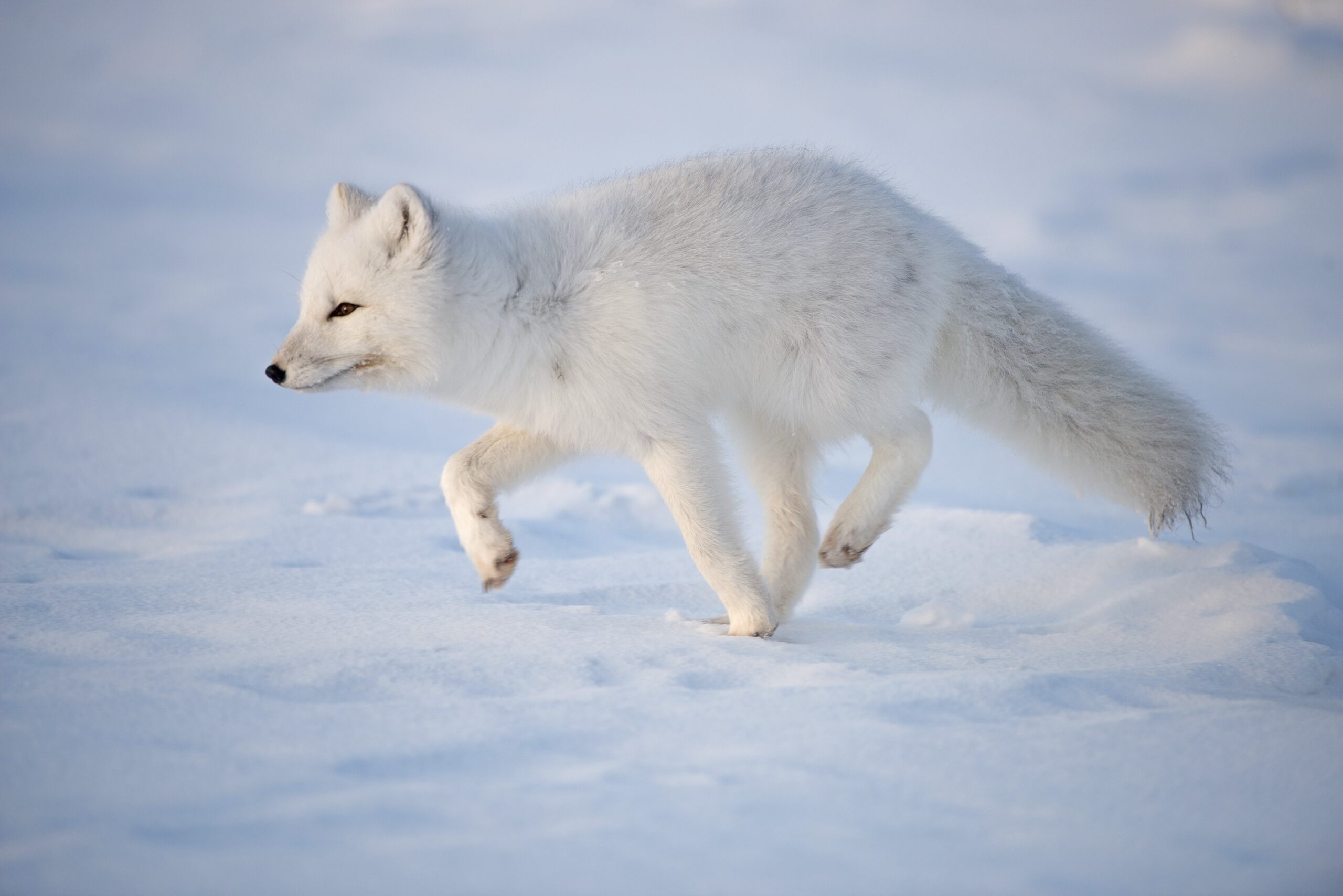
3. Frost’s Reign Across Russia
Beyond Sakha’s frozen landscapes, Siberia bears the brunt of intensified frost, extending its icy grip across the European terrain and the Ural region. Moscow, unaccustomed to such extremes, finds itself buried under a historic snowfall, disrupting flights and daily life. The snow-laden runways and streets hint at an unexpected turn as temperatures dive to an anticipated -20 degrees Celsius, a stark contrast to the city’s usually milder early winter.
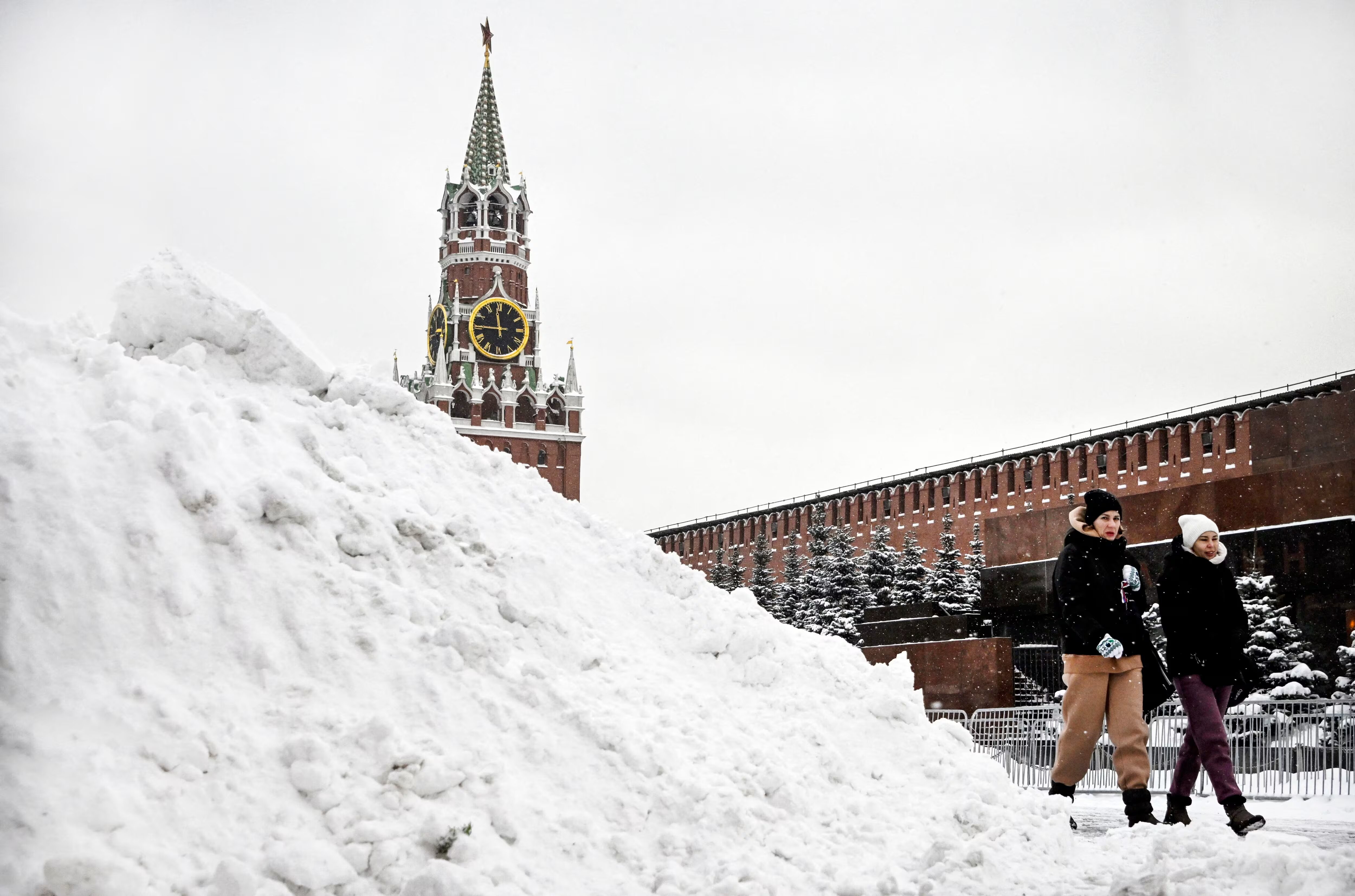
4. Ice Swimmers Brave the Cold
In defiance of Siberia's harsh chill, a group of intrepid ice swimmers, fondly called ‘walruses,’ heralded the winter season with a daring plunge into the icy Irtysh River in Omsk. Their jovial race and chilling dip marked a celebratory embrace of the cold, a stark contrast to the average December temperature of -20C in Omsk.
5. Moscow’s Snowy Siege
The heart of Russia, Moscow, witnessed an uncharacteristic snow siege, disrupting routine life with delays in over 50 flights at major airports. Authorities cautioned against the thick snow blanketing roads and runways, forecasting an additional 8-10 cm to the already extensive snow cover, urging the populace to opt for public transport.
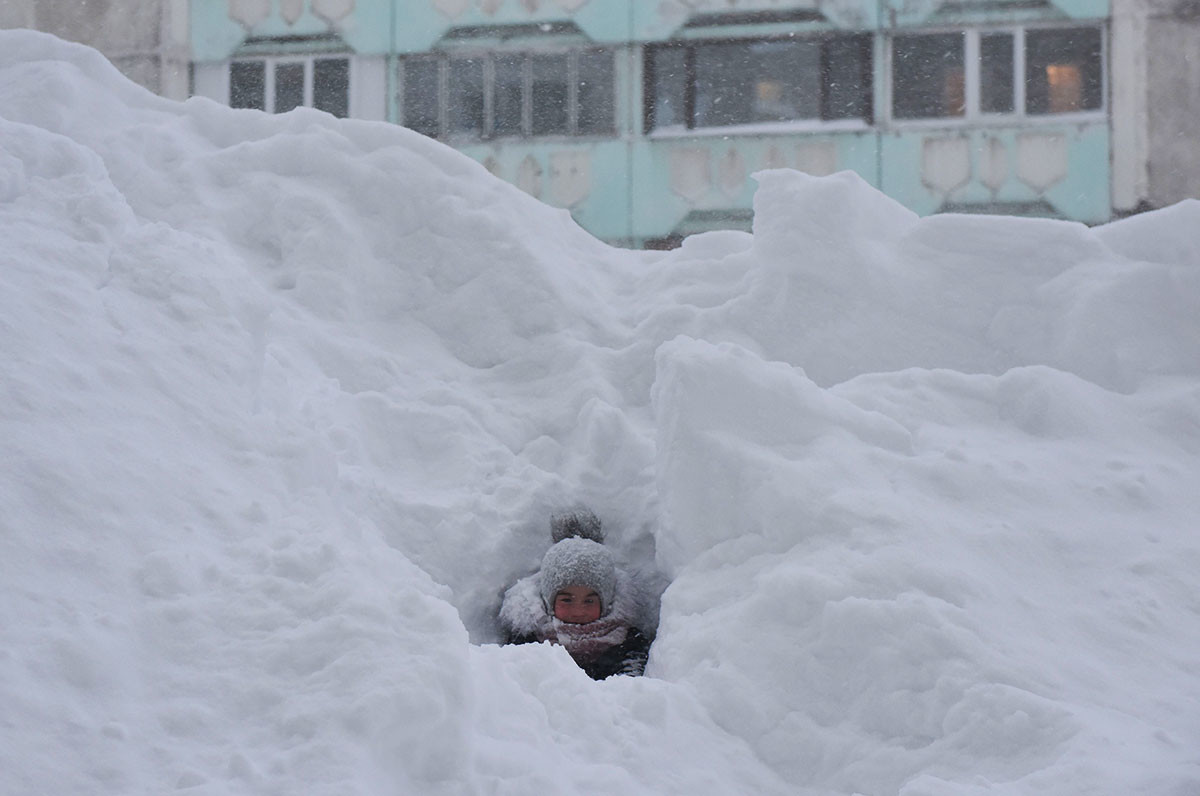
6. Climate Shifts Alter Winter Dynamics
The climatic shifts manifest not just in Siberia’s icy terrains but also in Moscow's unusual snow cover for early December, reminiscent of the New Year period rather than the typical early winter. As temperatures spiral down to -18 degrees Celsius, a palpable shift in the seasonal norm underscores the larger, changing dynamics of winter.
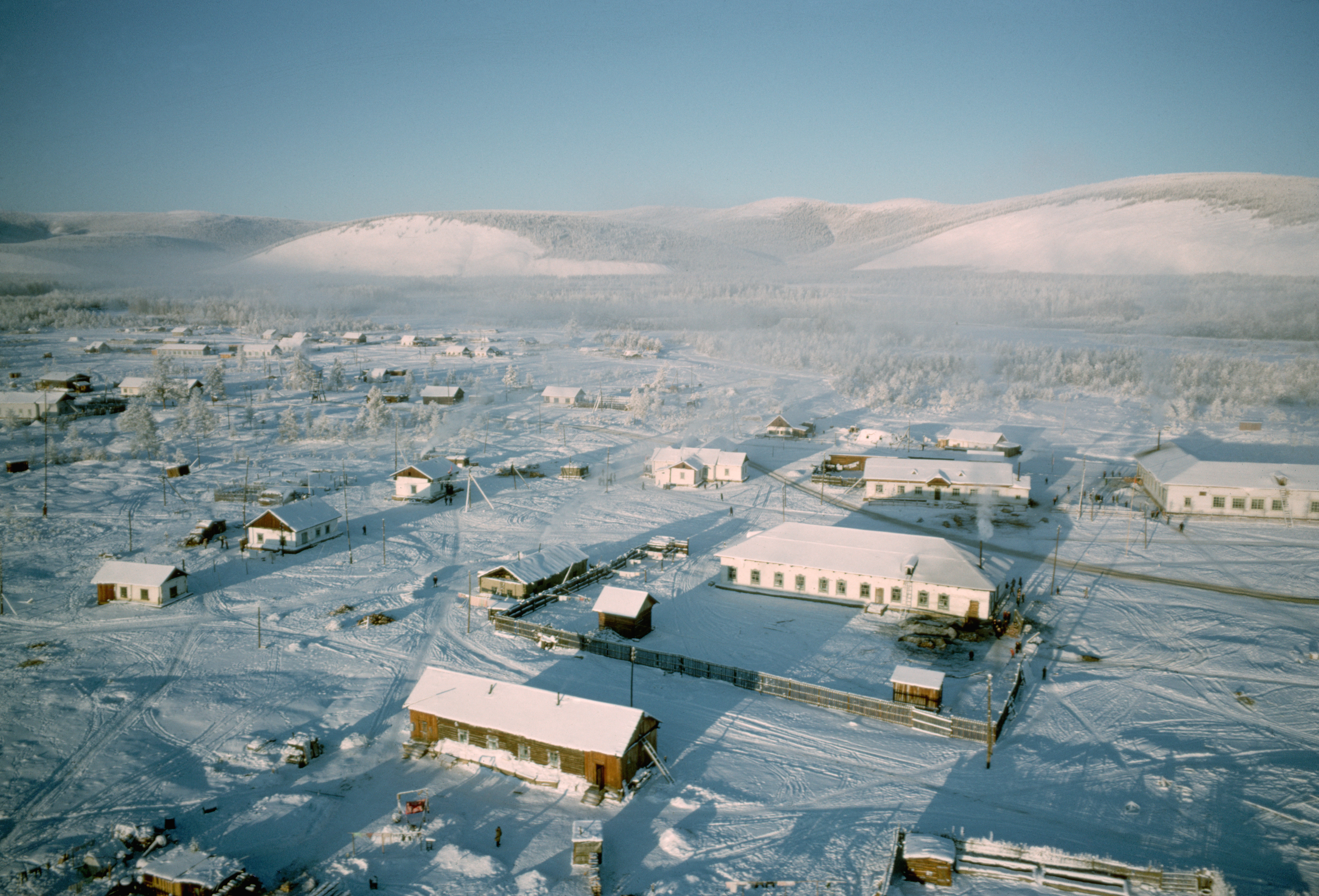
How does it impact the Human body?
1. When You Step Out:
The moment you venture out, your body redirects blood flow from your extremities to safeguard your brain and organs, making your fingers, toes, and ears susceptible to cold first. This reaction involves blood vessel constriction, reducing blood flow to areas like the face and fingers as a protective measure against extreme cold, especially noticeable in those with heart conditions during strenuous outdoor activities like snow shoveling.
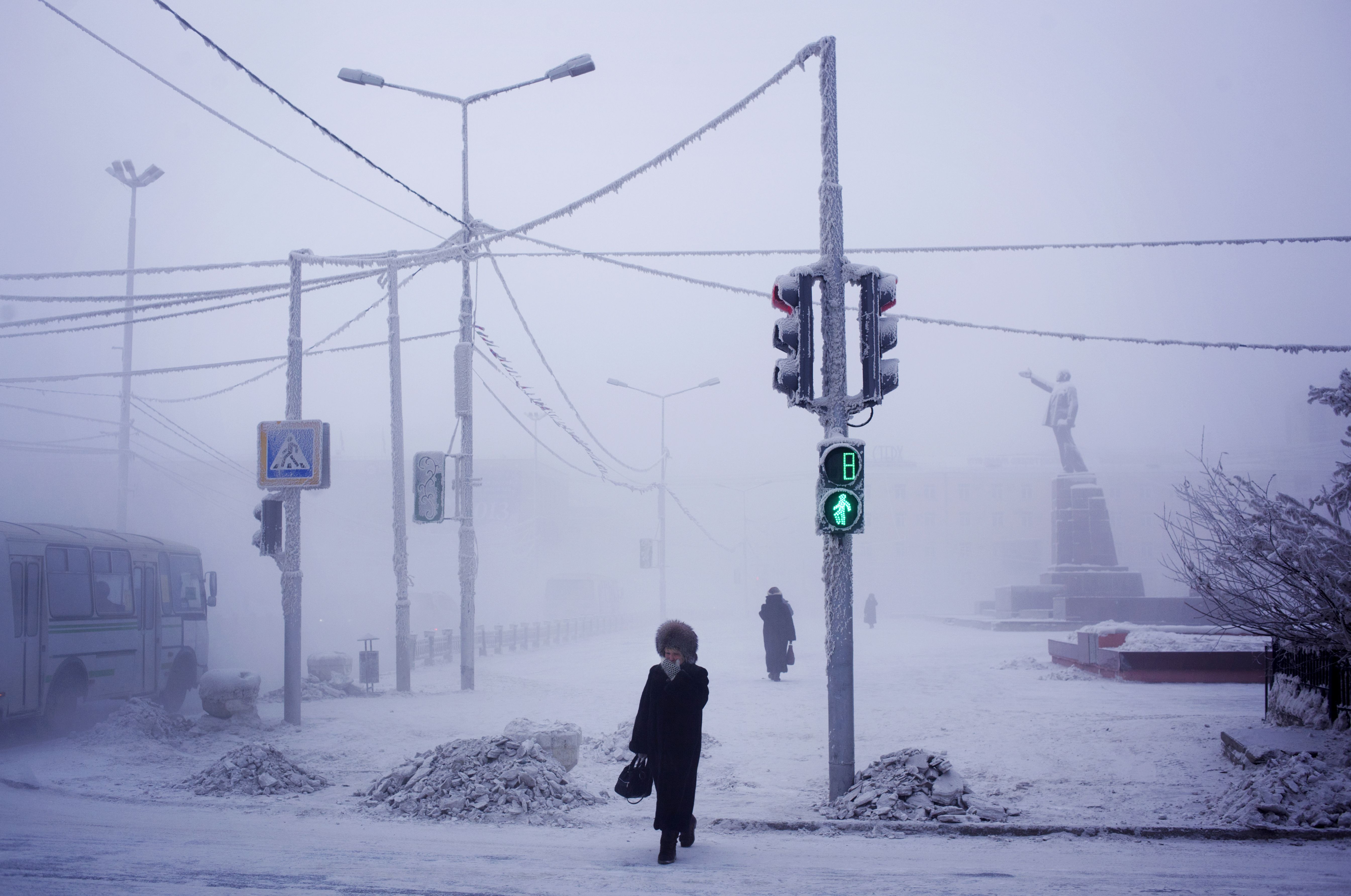
2. After a Short While:
In severe cold, frostbite sets in within 5 to 15 minutes outdoors, quicker if skin is wet or if you’re inadequately covered. Exposed body parts are at risk, especially in strong winds and temperatures below five degrees Fahrenheit, where frostbite becomes severe. Reversing mild frostbite is possible with warm water, but severe cases can cause lasting damage, characterized by prickling, numbness, and skin color changes.
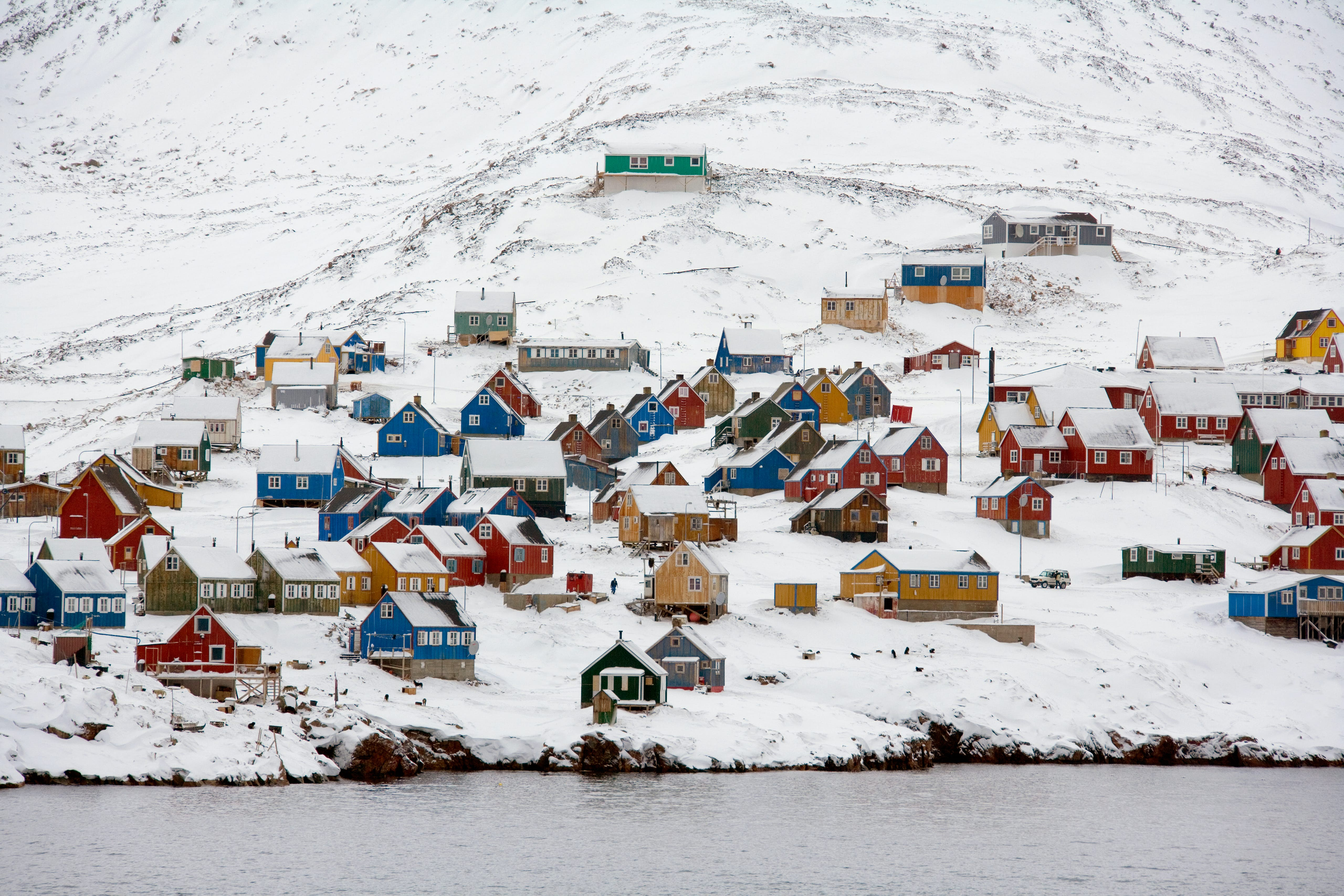
3. Thirty Minutes Later:
Hypothermia, a body temperature below 95 degrees, emerges after 30 to 60 minutes in freezing temperatures. Symptoms include confusion, slurred speech, and organ complications, more critical for those with existing conditions and children. Taking precautions by dressing warmly and limiting exposure is crucial, even for healthy adults, to prevent these risks. Staying covered and periodically warming up indoors is key when venturing out.
The landscape of Russia, draped in snow and shivering in the merciless cold, reflects a tale of extremes and changing patterns. From the unforgiving chill of Oymyakon to Moscow's surreal snow-laden streets, Siberia’s winter saga unfolds, leaving an indelible mark on the world’s perception of cold.
© Copyright 2023. All Rights Reserved Powered by Vygr Media.

